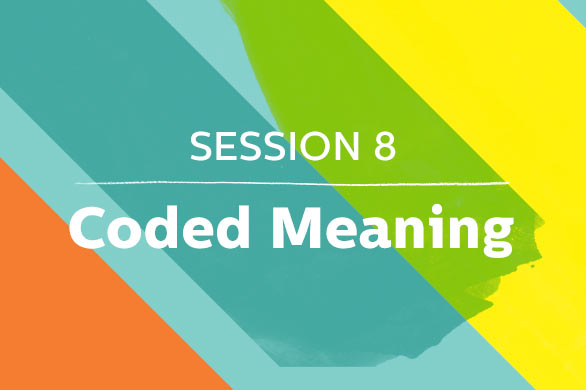

The high network utilization not only provides the attacker with a large number of sessions to exploit, but it can also provide the attacker with a shroud of protection due to a large number of active sessions on the server. Session hijack attacks are usually waged against busy networks with a high number of active communication sessions. Three common variations exist: session tokens hidden in an URL argument, session tokens hidden in a form field and session tokens hidden in a session cookie. Session fixation explores a limitation in the way the web application manages a session ID. Once authenticated, the attacker now has access to the victim's computer. Then, the attacker tries to trick the user into authenticating with this ID. This technique steals a valid session ID that has yet to be authenticated. If TLS encryption is only used for login pages and not for the entire session, cybercriminals can hijack the session, act as the user within the targeted web application. Cybercriminals can use packet sniffing to monitor a victim’s network traffic and intercept session cookies after the user has authenticated on the server. If HttpOnly isn’t set in session cookies, cybercriminals can gain access to the session key through injected scripts, giving them the information they need for session hijacking.
SESSION MEANING CODE
This causes the browser to execute arbitrary code when it loads a compromised page. Cybercriminals exploit server or application vulnerabilities to inject client-side scripts into web pages. Because the requests are initiated from the victim's computer, it is very difficult for the web service to detect that the requests are fake. The man-in-the-browser malware can invisibly modify transaction information and it can also create additional transactions without the user knowing. Once the victim is tricked into installing malware onto the system, the malware waits for the victim to visit a targeted site. This is similar to a man-in-the-middle attack, but the attacker must first infect the victim's computer with a Trojan.


If the attacker can capture several IDs and analyze the pattern, he may be able to predict a valid session ID. The greater the predictability of a session token, the weaker it is and the easier it is to predict.

The session is kept "alive" on the server as long as the user is logged on to the system. When a user logs into an application, a session is created on the server in order to maintain the state for other requests originating from the same user.Īpplications use sessions to store parameters that are relevant to the user.
SESSION MEANING SERIES
A session is a series of interactions between two communication end points that occurs during the span of a single connection. HTTP is stateless, so application designers had to develop a way to track the state between multiple connections from the same user, instead of requesting the user to authenticate upon each click in a web application.


 0 kommentar(er)
0 kommentar(er)
